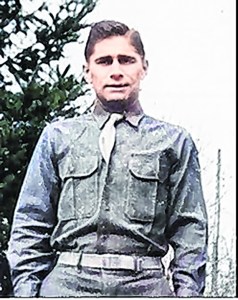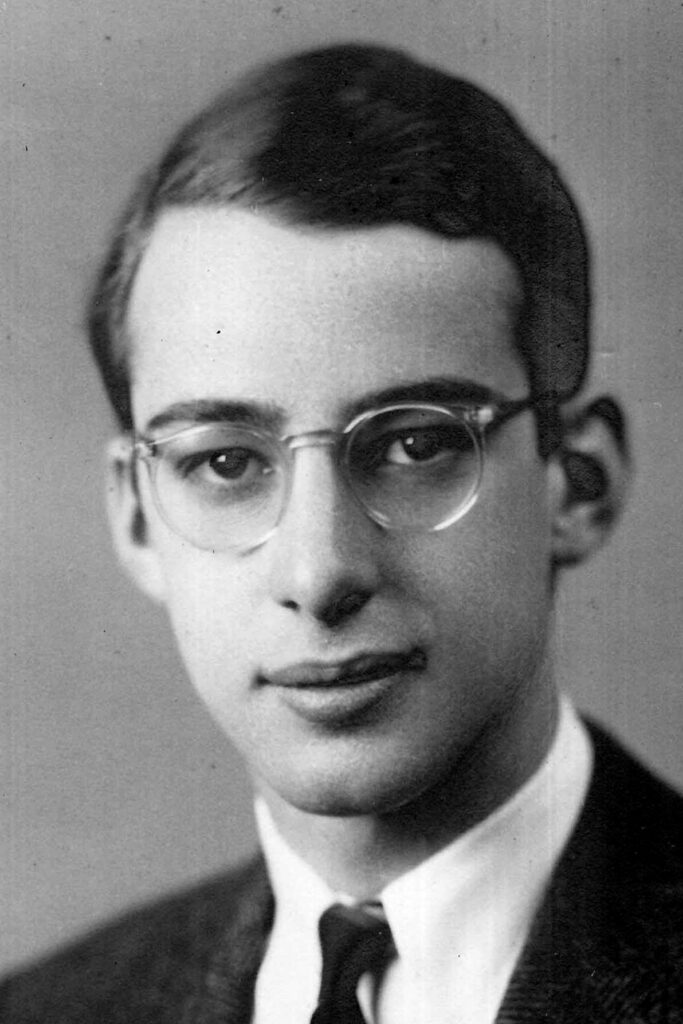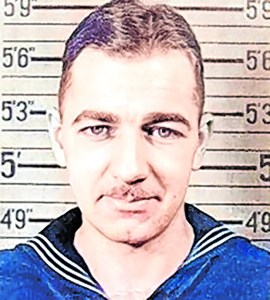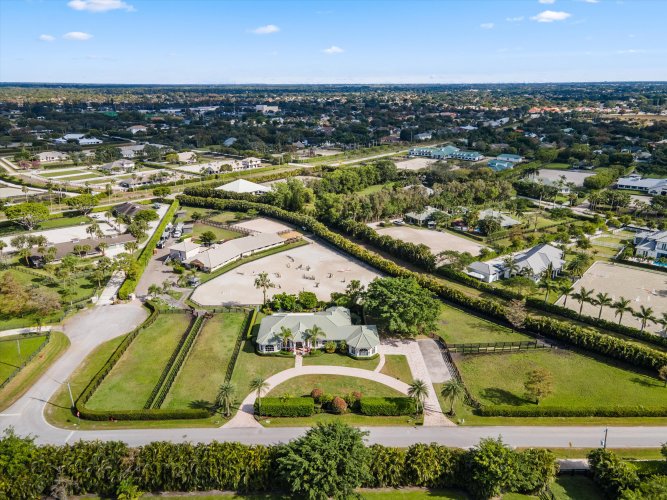By Tom Montalbano
editors@antonnews.com
This is the third part of a series honoring 21 young men from the Syosset-Woodbury community who lost their lives in three wars that defined the past hundred years.
World War II (1939-1945):
Scores of Syosset-Woodbury men and women contributed to the war effort, whether as foot soldiers, sailors, pilots, nurses, or homeland defense volunteers. Tragically, 14 young Syosset-Woodbury men lost their lives.
The following will discuss seven of these men. The next edition in the May 31 issue will discuss six men from Syosset who died in the Vietnam War.
Sgt. Vladimir “John” Kozak, US Army
Kozak was a half-brother to Karol Wozniak, founder of the original Syosset Auto Body shop, which still stands next to today’s Memorial Park. As a member of Company B, 36th Engineers Regiment, Combat Division, his responsibility was to support Allied amphibious landings by building bridges, digging trenches, and preparing beachfronts. On March 18, 1944, during a beachfront assault in Anzio, Italy, 27-year-old Kozak was cut down by enemy fire while attempting to rescue a wounded fellow soldier. He is buried at the Long Island National Cemetery in Farmingdale.
Sgt. Joseph Lanoir, US Army Air Corps
Lanoir served briefly in the 722nd Bomber Squadron, 450th Bomber Group, a highly distinguished unit known for its effective use of the B-24 Liberator Heavy Bomber in decisive battles in Southern France, the Balkans, and Italy. Lanoir’s aircraft went missing on March 24, 1944 during a mission over the Adriatic Sea off the coast of Italy. Shortly afterward, he was declared dead. While his body was never recovered, he is honored with a memorial at the Florence American Cemetery in Toscana, Italy.

(Archived photos curated by Tom Montalbano)
PFC Steven Zimma, US Army
Zimma left for basic training in December of 1942 and eventually rose to the rank of Private First Class/Specialist, serving with the renowned US Army 12th Infantry, 4th Division as a field medic. In the summer of 1944, he, along with thousands of other young American soldiers, headed toward the coast of Normandy, France to attempt a major assault on Hitler’s occupying German army. This brutal, bloody three-month operation altered the course of WWII and set the stage for the eventual collapse and surrender of the Nazis. While he was fortunate to survive the initial storming of Normandy Beach, Zimma did not live to see the Allies’ mission accomplished. On July 6, 1944, while attending to a wounded soldier on the mainland in France, he was struck and killed by a German sniper’s bullet. Zimma is buried at the Long Island National Cemetery in Farmingdale.
1st Lt. Peter Nalback, US Army
Nalback served in the 350th Infantry Regiment, 88th Infantry Division, which, in July of 1944 engaged in a massive assault on Italian forces near Castelfafi, Tuscani. In an effort to slow the advance of Allied troops, the enemy had destroyed key bridges and roadways and had peppered the landscape with German-made Schu-42 TNT landmines, hard-to-detect but easy-to-trip wood-encased explosive devices that had been deployed by the Axis throughout Europe. During a pre-dawn advance on July 18, 1944, Nalback and several members of his company had a fatal encounter with a heavily fortified mine field. He is buried at the Florence American Cemetery in Toscana, Italy.

PFC Edwin Pemberton Taylor III, US Army
Taylor III entered the US Army in May of 1943. The following year, he received a Purple Heart for wounds he had suffered during combat in France. Back on the frontline with the US 7th Army in Germany, Taylor III took part in a fierce, decisive battle on March 29, 1945 in which the Allies ultimately took Frankfurt, Mannheim, and Heidelberg. Unfortunately, he was killed in action and did not survive the encounter to see the fruits of his unit’s labor. He is buried at the Lorraine American Cemetery in Lorraine, France. To honor their fallen son, Taylor III’s parents donated a stained-glass window that still resides above the altar of the Community Church of Syosset.

MM Charles Anker, US Navy
Chief Motor Machinist’s Mate Charles Anker was performing engine room duties aboard the USS Lagarto submarine just off the Malay Peninsula in Southeast Asia on May 4, 1945 when the sub was ambushed and destroyed by the Japanese minelayer, Hatsutaka. Eighty-eight American seamen, including Anker, lost their lives in the attack, and the Lagarto was not recovered until 2005, when divers discovered it below 230 feet of water in the Gulf of Thailand. Anker is buried at the Manila American Cemetery in the Philippines.
John Weidner, US Navy
Weidner enlisted in the service sometime before or during 1939, when he was roughly 19 years old. As the war raged in Europe and Syosset citizens began to anticipate US involvement, Weidner’s mother organized one of the first Advanced First Aid courses for homeland defense, teaching wound care and treatment to local men and women in her living room. Weidner was one of five sailors from Syosset stationed at the Pearl Harbor US Naval Base on the morning of December 7, 1941 when Imperial Japanese bombers executed a surprise attack that ultimately destroyed 188 U.S. aircraft and killed more than 2,300 Americans. Weidner and his Syosset comrades survived the attack to continue their military service, which transformed overnight from “peacetime” to “wartime.” Regrettably, the details of Weidner’s death while serving his country are unknown at this time. Any leads or additional information would be greatly appreciated.































